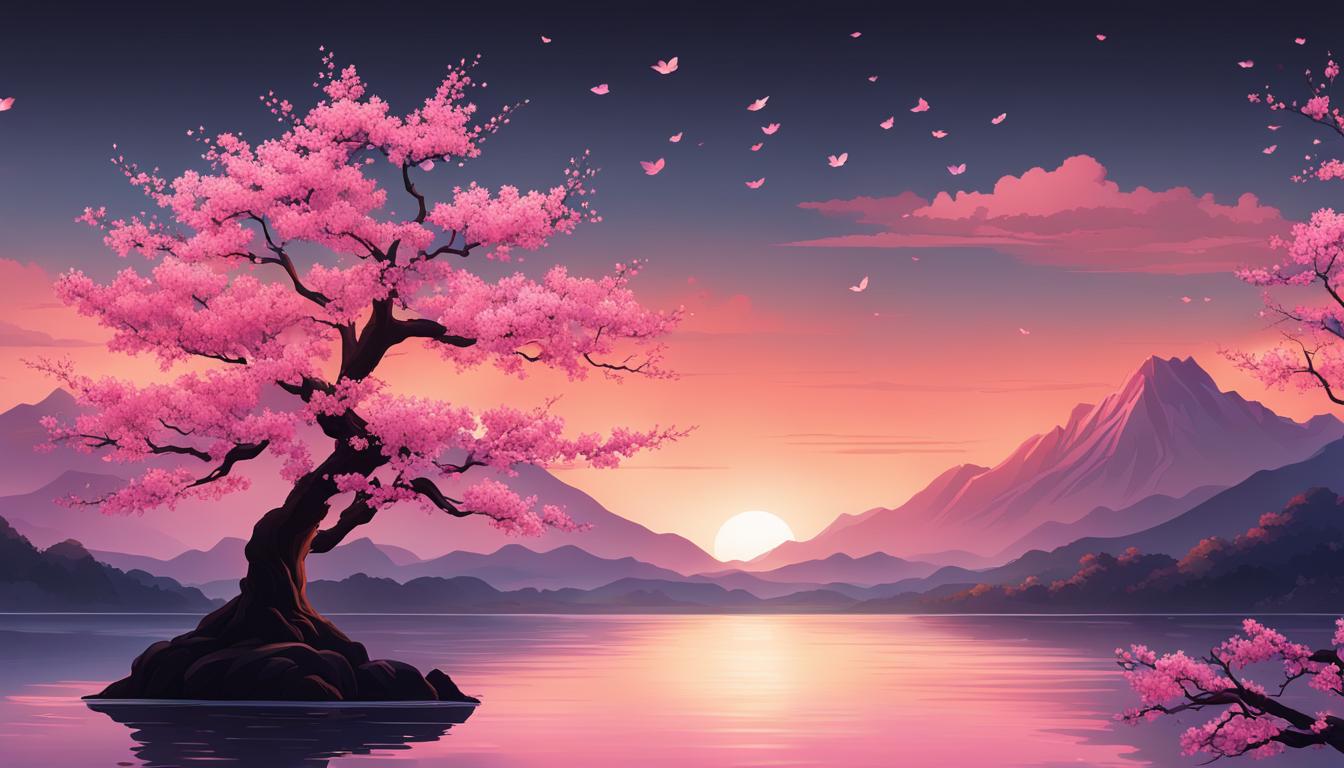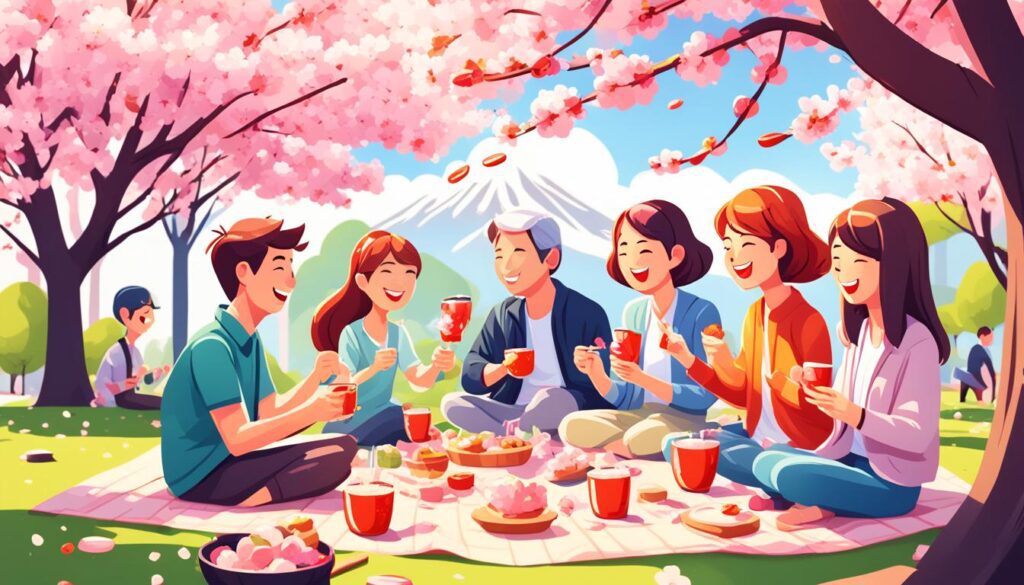
In this article, we will explore the Japanese word for “bloom” and its various forms. If you’re interested in expanding your Japanese vocabulary or simply curious about the language, you’ve come to the right place. Here, you’ll discover the meaning, grammar, pronunciation, equivalent words, writing in Kanji, and the contextual and cultural usage of the word. Let’s dive in!
The Significance of Cherry Blossom Season in Japan
Cherry blossoms hold great cultural significance in Japan. They are considered to represent the beauty, life, evanescence, and death of the Japanese spirit. The blooming of cherry blossoms symbolizes spring and new beginnings after a long winter. However, the blossoms only last for a short period, reflecting the transient nature of life. Japanese school graduation and entrance ceremonies often take place during this season, making it a memorable time for reflection and new starts. Cherry blossom season has also heavily influenced artistic culture in Japan, inspiring writers, artists, and musicians.
Cherry blossoms are cherished in Japanese culture for the joy and beauty they bring. The sight of these delicate pink flowers blooming across the country during spring is truly breathtaking. The Japanese have developed their own unique way of celebrating cherry blossom season called hanami, which translates to “flower viewing.” During hanami, people gather in parks, gardens, and other natural spaces to admire the stunning cherry blossoms.
Celebrating Sakura Season in Japan

The primary way to celebrate Sakura season in Japan is by visiting parks and viewing the cherry trees in full bloom. It’s a mesmerizing sight to see the delicate blossoms covering the branches, creating a beautiful canopy of pink and white.
One of the most cherished traditions during Sakura season is the Hanami parties. These cherry blossom gazing gatherings bring together friends and family to enjoy the blossoms. People bring delicious food and drinks, creating a festive atmosphere under the blooming trees.
To secure the best spots for Hanami parties, it is customary to reserve the area by laying picnic blankets down in advance. This ensures that everyone has a comfortable place to sit and enjoy the breathtaking scenery.
Japanese culture has several words associated with cherry blossoms, each capturing a unique aspect of this natural spectacle. Some commonly used terms include:
- Sakura: The Japanese word for cherry blossom.
- Hana-yori-dango: Literally meaning “dumplings rather than flowers,” this phrase emphasizes the significance of food and celebration during Hanami parties.
- Hanagasumi: Referring to the stunning “flower haze” created by the profusion of cherry blossoms.
- Sakura-fubuki: Translating to “cherry blossom snowstorm,” it beautifully conveys the image of delicate petals swirling through the air.
- Hana-no-ami: Meaning “flower rain,” this term captures the gentle falling of cherry blossom petals.
These words reflect the deep appreciation and love the Japanese people have for cherry blossoms and the enchanting atmosphere they create during Sakura season.
Other Japanese Words for Flowers
In addition to cherry blossoms, Japan boasts a rich vocabulary for a variety of flowers. Knowing the names of these flowers can deepen your appreciation for Japanese culture and enhance your language skills. Here are some commonly used Japanese words for flowers:
| Flower | Japanese Name |
|---|---|
| Plum blossom | Ume |
| Dandelion | Tanpopo |
| Sunflower | Himawari |
| Hydrangea | Ajisai |
| Violet | Sumire |
| Lily | Yuri |
| Rose | Bara |
These flower names can be written in either hiragana (ひらがな) or kanji (漢字). Each flower carries its own symbolism and cultural significance in Japan, making them a beautiful addition to your Japanese vocabulary arsenal.
Expand Your Japanese Vocabulary with Flowers
Learning the names of flowers in Japanese is a great way to expand your vocabulary and immerse yourself in the beauty of Japanese culture. In addition to cherry blossoms, which hold significant cultural symbolism, there are numerous other flower names to discover.
For example, you can explore the word for tulip, which is “churippu” in Japanese. Carnation, a popular flower worldwide, is “kâneishon” in Japanese. Another beautiful flower name to learn is iris, known as “shôbu” in the Japanese language.
By familiarizing yourself with Japanese flower vocabulary, you not only enhance your language skills but also gain a deeper understanding of Japanese customs and traditions. Flowers play a vital role in Japanese culture, appearing in art, poetry, and even tea ceremonies. Learning their names allows you to appreciate the rich symbolism associated with each flower.
So, why not embark on this linguistic and cultural journey? Expand your Japanese vocabulary by exploring the names of various flowers, and delight in the beauty and significance they hold in the Land of the Rising Sun.
